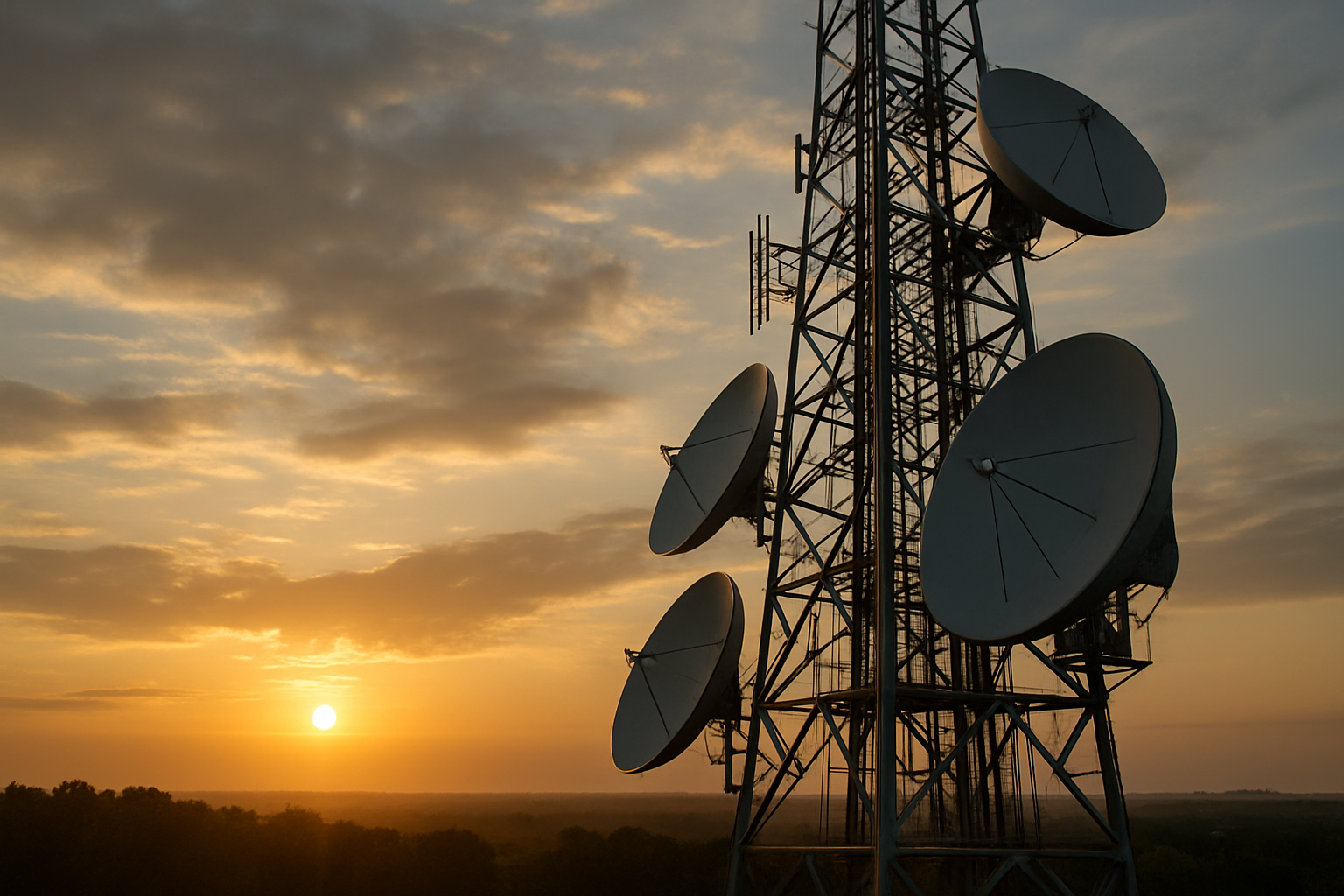Unraveling the Potential of Fixed Wireless Access: A New Era of Connectivity
In the ever-evolving world of telecommunications, one technology is making waves with its promise of high-speed internet connectivity without the need for physical cables. This technology is Fixed Wireless Access (FWA), a method of providing internet access to homes and businesses using radio signals instead of cables.

The Genesis of Fixed Wireless Access
Fixed Wireless Access is not a new concept. It has been around since the early days of the internet, providing connectivity to remote areas where laying cables was impractical or too expensive. However, the technology has evolved significantly over the years, with advancements in wireless technologies and the increasing demand for high-speed internet.
In the early days, FWA was primarily used to provide last-mile connectivity in rural areas. The technology used was basic, and the speeds were slow. However, with the advent of advanced wireless technologies like WiMAX and LTE, FWA started offering higher speeds and became a viable alternative to wired broadband.
The Current Landscape of Fixed Wireless Access
Today, FWA is seen as a promising solution to bridge the digital divide and provide high-speed internet access to areas where wired broadband is not available. It is also being considered as a potential alternative to traditional broadband in urban areas, offering competitive speeds and flexibility.
One of the key drivers behind the growing interest in FWA is the advent of 5G. With its high speeds and low latency, 5G has the potential to take FWA to a whole new level. Several telecom operators are already testing 5G FWA services, and the results are promising.
The Impact and Challenges of Fixed Wireless Access
FWA has several advantages over traditional wired broadband. It is faster and cheaper to deploy, as it does not require laying cables. It can also provide high-speed internet access to areas where wired broadband is not available.
However, FWA also has its challenges. The quality of the connection can be affected by factors like distance from the base station, obstacles like buildings and trees, and weather conditions. Also, while FWA can provide high speeds, it may not be able to match the ultra-high speeds offered by fiber broadband.
The Future of Fixed Wireless Access
Despite the challenges, the future of FWA looks promising. With advancements in wireless technologies and the advent of 5G, FWA is set to become a viable alternative to traditional broadband. It has the potential to bridge the digital divide and provide high-speed internet access to all.
In conclusion, Fixed Wireless Access is a promising technology that has the potential to revolutionize the way we access the internet. It offers a viable alternative to traditional wired broadband, especially in areas where laying cables is not practical or too expensive. With advancements in wireless technologies and the advent of 5G, the future of FWA looks bright.





